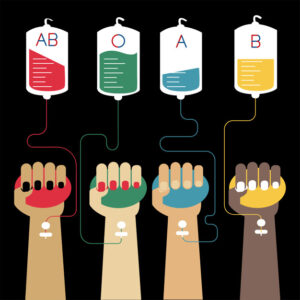Elements of Game theory & prisoners dilemma:

Game theory is an economic term that gives the idea of decision making looking into the competitors in the market. This theory was given by John von Neumann and John Nach for which they got a Nobel prize in 1994. The thesis describes the strategy to be taken in a game or competition to challenge the competitors. The game here doesn’t highlight specific games like cricket and hockey, but it is a broad term that focuses on every battle throughout the globe. Every match has a common aim to make a profit either by winning or losing. The Game theory highlights this idea of decision making to get a profitable outcome at the end.
Fundamental elements of Game theory:
The following essential elements form the part of Game theory:
1. Utility:
It is a rational term to describe the strategy of Game theory. It deals with the calculation of expenses in terms of the utilization of any product. All the sources and resources required to carry forward a game comes under the category of utility. For example, the resources needed to fulfill the customers by a car manufacturing company like Toyota, Honda, and BMW have different utility results. They handle to compete in the economy by matching their point of utilization.
2. Rationality:
This term relates to the improvement and differences between two teams or competitors in the Game theory. It states that a competitor has more chances to win only if some rational players deal with offending with the opposite team. In terms of economics, it means the degree of uniqueness the company can show it’s a customer to attract and improve sales. This ideology also implies the ratio of smart work that a company can govern to make itself more attractive from others.
3. Trees and matrices:
Trees and matrices the sequential procedure that needs to be followed to move a game forward. In terms of business rules, it implies at what time which plan should be launched to maintain the market’s stability. Cricket can be a good example where the team decides to fling players for batting and bowling by looking into gameplay.
Prisoners dilemma of Game theory:
This dilemma is based upon Nash equilibrium. It is a way of putting all the competitors in prison to find out the possible outcomes. Here, jail doesn’t mean to arrest the companies but to make a table and put companies’ data in individual columns and rows to find the future estimated competition in the market. It is the most crucial Game theory table that can detail all the fallouts coming in the future in terms of profit and loss.
Conclusion:
Game theory is a theoretical way to know the prediction and decisions of competition. In economics, it is a crucial term to anticipate the market consequences for a plan. Like business management and entrepreneur, top authorities used this concept to predict the upcoming challenges in the company before launching any program or product in competition with other companies.














